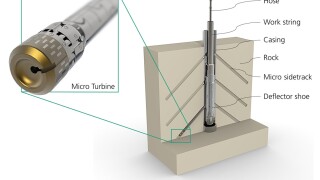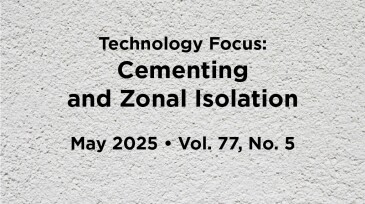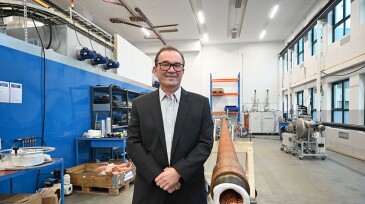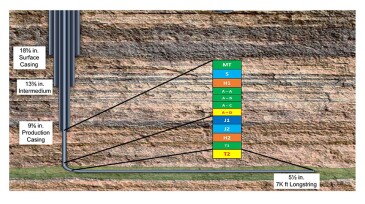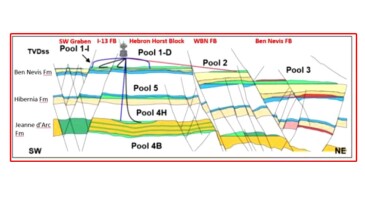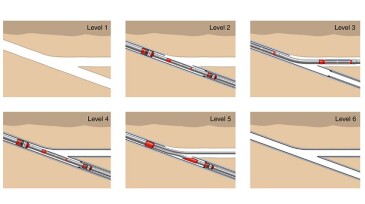Drilling
The Federal Reserve Bank of Dallas’ fourth-quarter energy survey shows that oil prices and geopolitical uncertainty are curbing enthusiasm heading into the new year.
A field test study examines micro turbine drilling in a clay formation that allows steel casing and formation to be drilled in a single operation.
The discovery in the Kutei Basin offshore Indonesia is being considered for fast-track development.
-
The company’s new Retina imaging system creates high-resolution borehole images at the drill bit.
-
SponsoredAltitude Energy Partners optimized drilling efficiency by minimizing dysfunctions and protecting downhole components. Their directional drilling team ensured consistent curves and laterals through precise BHA design, modeling, and trajectory control—reducing nonproductive time and drilling costs, and achieving a 100% improvement in efficiency by pad completion.
-
Operator targets first oil 30 months after field sanction of $1.5 billion heavy-oil project that will use a refurbished wellhead platform and FPSO.
-
Extended-reach drilling (ERD) and complex wells have emerged as pivotal techniques, enabling access to previously unreachable reserves. ERD allows operators to access oil and gas reservoirs far from the drilling site, minimizing the environmental footprint and optimizing resource recovery.
-
Cementing and zonal isolation remains an important topic to operators and service providers alike. Additionally, an increase in the number of papers with both academic and field-driven content shows that there is no lack of initiative for operators to materially improve on existing methods and technology.
-
The Norwegian technology developer is working to strengthen the value case for wired pipe through an upcoming offshore campaign with Vår Energi.
-
This paper highlights nontraditional methods to cure oil-based-mud losses in horizontal wells drilled in unconventional plays.
-
The authors of this paper write that the use of high-angle wells through anisotropic shale formations represents a promising approach to improving oil recovery while reducing the overall number of wells required.
-
This paper presents a continuous passive magnetic ranging technique that can provide real-time distance and direction to the offset well while drilling without interrupting drilling operations.
-
This paper highlights the continuous improvement of multilateral technology used in the Middle East by demonstrating how the application of a multilateral well strategy is a proven and reliable method to reduce time-intensive operations.


